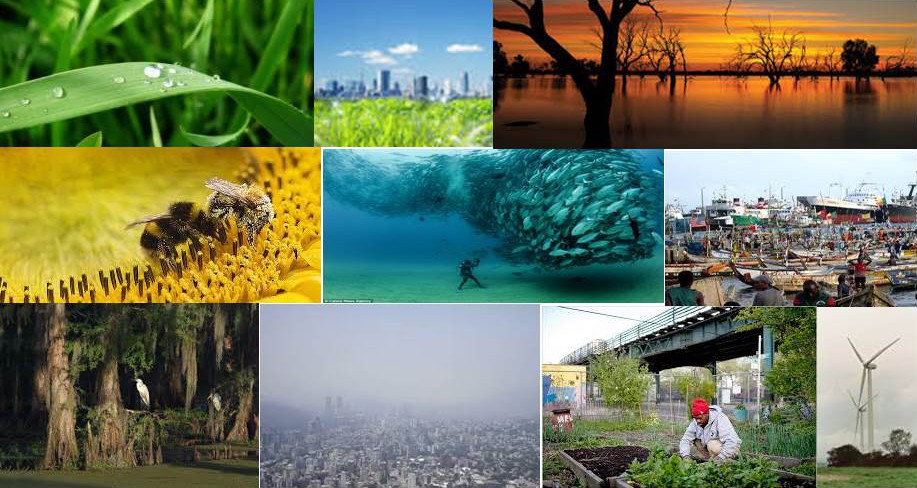Reading for Tues. March 1:
Question for discussion: What are the reasons McClintock believes we should farm the city?

Reading for Tues. March 1:
Question for discussion: What are the reasons McClintock believes we should farm the city?
Brooklyn Waterfront Research Center at City tech
Please check assigned readings for 2/23
Please read assigned articles and post comments on two of the questions by Monday, Feb. 15 if you have not already done so.
1.According to the authors, neo-classical economists believes that the most effective way to impede challenges face by climate change is by charging emitters full cost of emission of greenhouse gases.
2.Neoclassical economist assumes according to Adam Smith, people want to maximize their own gains, needs, thus to be led by an invisible driving force that will promote the public interest as a collective whole of individuals. According to the authors, it’s true in most cases of generalization, but untrue in the researches done on human behaviorism.
First of all, they believe that economic growth is achieved by maximizing allocative efficiency, One is that the economy is built upon the interaction of firms and consumers in markets determined by price signals. Indeed, allocative efficiency revolves around the responsiveness of economic agents to price signals. Consequently, neoclassical economists emphasize “price mechanisms” like interest rates, currency values, inflation, and other monetary factors that determine the value of capital and labor more. Also, they point out that supply normally meets demand is another neoclassical principle. In this paradigm, the economy is simply a large market of goods and services that is generally in equilibrium and usually best left to itself. Their final relevant principle of neoclassical economics is that individuals act in response to incentives to rationally maximize their own self-interest, and that the collective pursuit of individual self-interest will also maximize public interest.
The author cites three factors to prove that innovation economics offers a more effective framework for addressing the economic realities of the 21st century. He point out that, First, each doctrine focuses in an almost Newtonian way on adjusting the demand or supply of capital and labor to keep the economy in equilibrium and to secure economic growth, which undervalues the importance of innovation. Second, each concentrates on macroeconomic factors, particularly prices, rather than on the institutional- and technological-change factors that drive growth, albeit in different ways in different countries and times.4 Finally he said that, none of the prevailing doctrines’ principles focus on the complex process of technological innovation and the messy and complicated world of firms, industries, and national innovation systems as these institutions relate to economic growth.
Rovendra Permaul
Econ 2505
Assignment 1
The Neoclassical economists believe that setting a price on carbon via carbon tax or cap-and-trade, in addition to using allocative efficiency is the best way in addressing the challenges of climate change. Allocative efficiency by definition is a state of the economy in which production represents consumer preferences; in particular, every good or service is produced up to the point where the last unit provides a marginal benefit to consumers equal to the marginal cost of producing.
The International Emissions Trading Association (IETA) advocates a cap and trade system to reduce global emissions. This Cap-and-Trade system sets limits on emissions, allows private companies room to reduce emissions while still being economically feasible.
There are many reasons why the IETA believes this policy is effective. Cap-and-Trade emissions trading is set to produce an environmental outcome, where the cap has to be met. The carbon tax produces revenue, but doesn’t ensure a specific level of emissions. Cap-and-Trade provides a measurable amount of emission reduction on the environment. Secondly, The IETA believes Cap-and-Trade provides the most economical delivery of emissions by combining trading with a price for producing CO2. The market-based approach self stabilizes the price for emissions as well. The price of emissions will decline as an economic downturn takes effect. In addition, The Cap-and-Trade system can provide an international limit setting platform since it is the results of emissions are measurable. Lastly, The IETA believes this is a proven and tested trading system with established reductions in carbon emissions upon the environment.